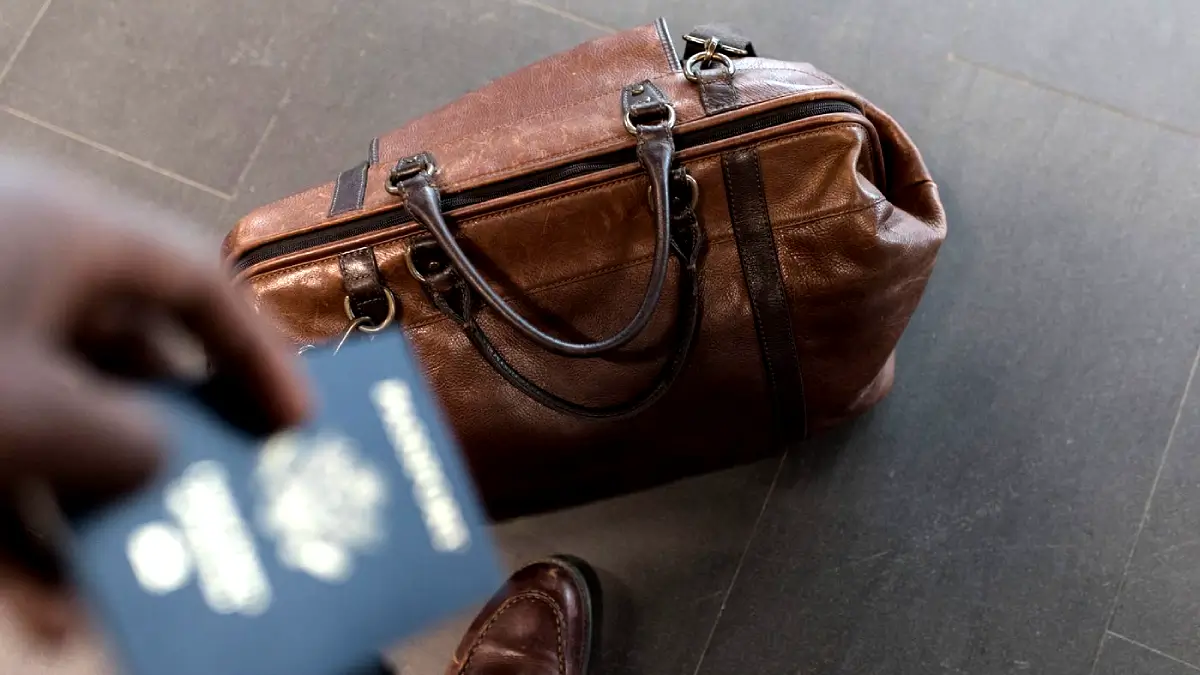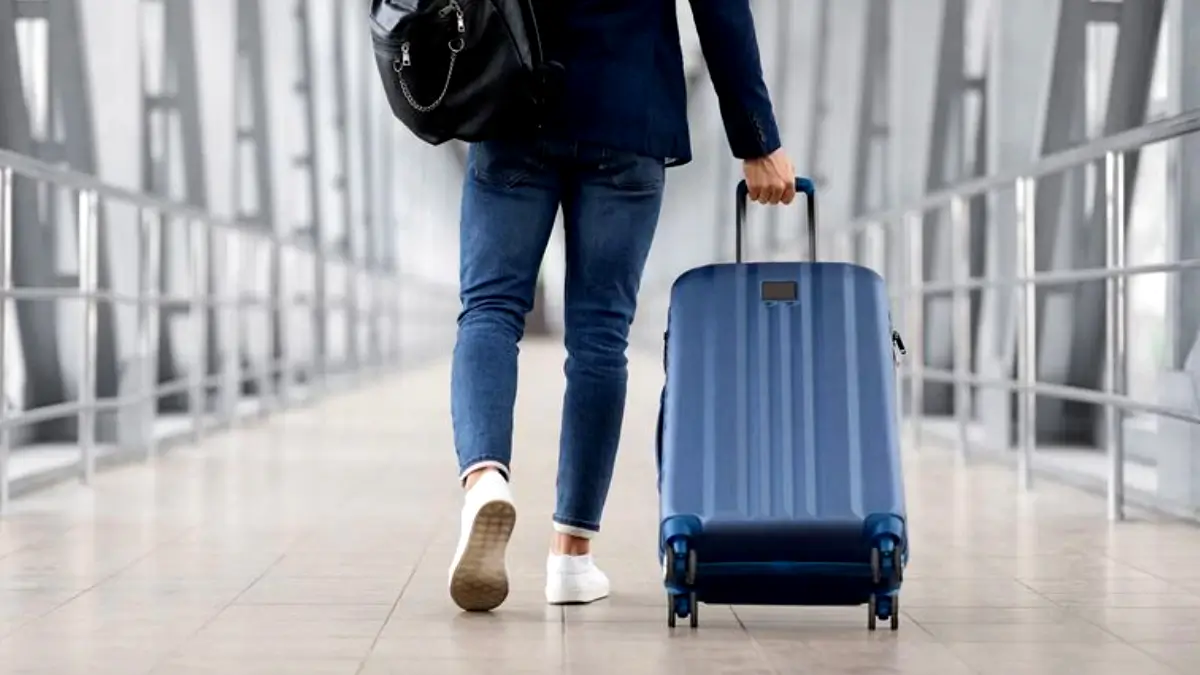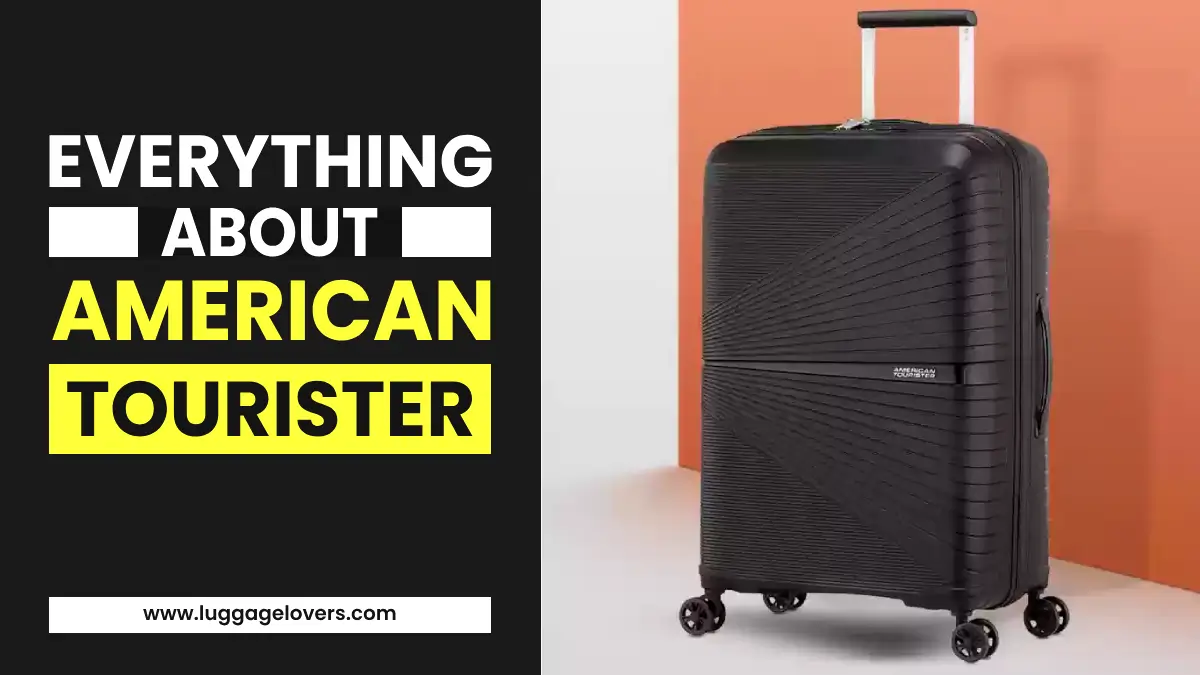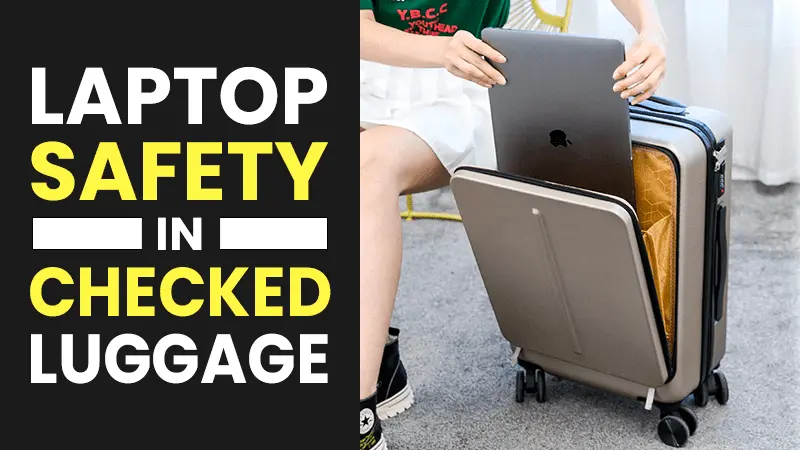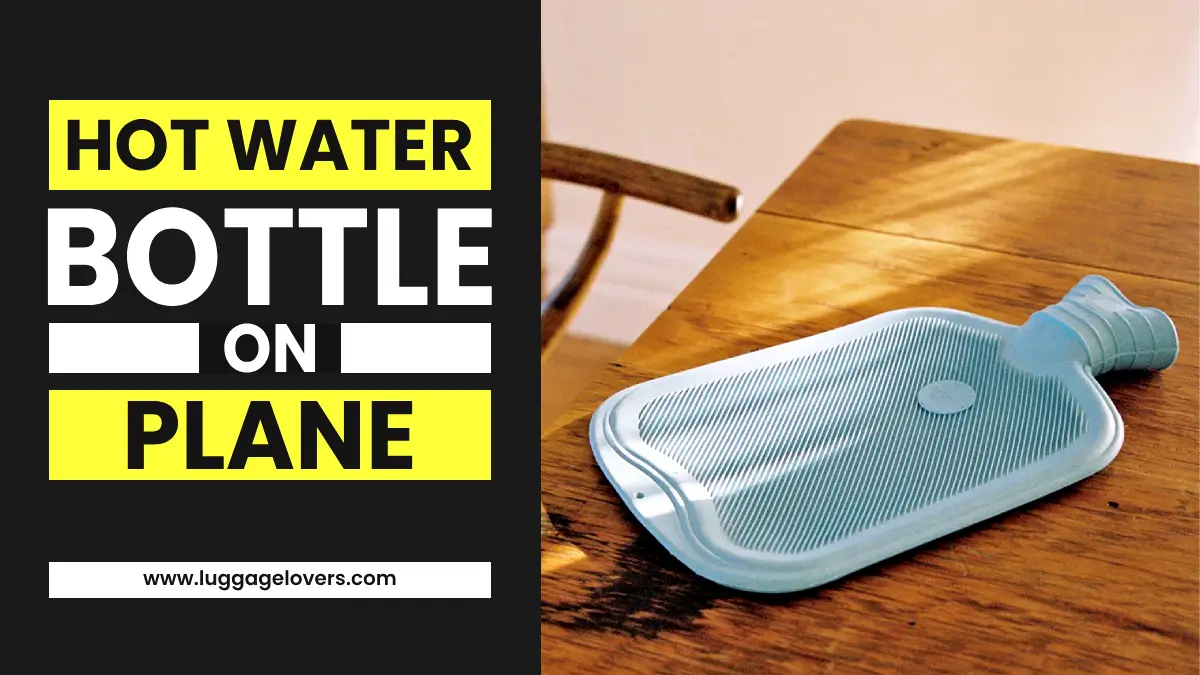Does a Purse Count As a Carry-on or Personal Item? | Detailed Guide
When getting prepared for air travel, a purse is one of the most commonly carried items on planes. That’s why one of the most common concerns that most people have is whether a purse counts as a carry-on or personal item. Where does a purse fit into the equation?
Different airlines have different guidelines for carry-on and personal items. So if you’ve ever found yourself questioning whether your purse counts towards carry-on allowance or personal item, you’re at the right place.
In this blog post, we’ll dive into details and address the query “does a purse count as a carry-on or personal item” and also cover other related concerns that you might have. Let’s dive in.
Table of Contents
Does a Purse Count As a Carry-on or Personal Item?
Generally, a purse doesn’t count as a carry-on but as a personal item. You might be thinking about how an item is considered as a carry-on or personal item. Let us tell you that any item that is considered a carry-on or personal item is determined by the size and weight restrictions of airlines.
So a purse is generally considered a personal item rather than a carry-on, as it’s typically smaller and supposed to be stowed under the seat in front of you during flight. Carry-on bags, on the other hand, are usually larger and stored in the overhead compartment of planes.

Airlines Size Guidelines about Carry-On and Personal Items
Different airlines have different guidelines for both car ry-on and personal items. But here we’ve shared the airlines’ most common and safest size for carry-on and personal items.
- For Carry-on: The common allowed size by most airlines is 22 × 14 × 9 inches (56 × 36 × 23 cm). Any item that exceeds this size limit might be asked to be checked in.
- For Personal Items: The most common allowed size by airlines is 18 × 14 × 8 inches (45 × 35 × 29 cm). Any item beyond this size will be considered as a carry-on.
Generally, purses fall under 18 × 14 × 8 inches; that’s why they’re considered personal items but if your purse is exceptional and exceeds the personal item limit,t then your purse will be considered a carry-on, not a personal item.
Note: The sizes we’ve listed about are the most common among airlines, but there are a few airlines that have even stricter size guidelines, that’s we’d recommend you to check out the airline you want to fly with to avoid any surprized at the gate.
Next Recommendation: What is the 62 Linear Inches Luggage Rule by Airlines?
What Items Typically Count as Personal Items besides a Purse?
Besides a purse, there are various items that count as personal items when traveling by air. Let’s take a look at the most common ones.
- Laptop Bag: A dedicated bag specially designed to hold a laptop and its accessories is considered a personal item. It’s generally allowed as a personal item.
- Small Backpack: A small or medium-sized backpack that can fit under the seat in front of you is also considered a personal item. It’s used to carry snacks, books, and other travel essentials.
- Briefcase: This type of bag is generally used by business travelers. A briefcase is used to carry documents, electronics, and files and is considered a personal item.
- Camera Bag: A camera bag is specially designed to hold a camera and its accessories. It’s generally smaller in size and falls within the size guidelines of personal items.
- Messenger Bag: This bag is designed to be worn across the body and is generally made from canvas. It’s used to bring tablets, books, and other small electronics and is considered a personal item.
Besides these above-listed items, there are many other items like garment bags, tote bags, shopping bags, diaper bags, and any other types of bags that fall within personal item guidelines that are considered to be personal items.
Also read: Carry on vs Checked Luggage: Which One You Should Choose?

Can you bring a purse and a backpack on a plane?
Yes, in most cases, you can bring both a purse and a backpack on a plane. Generally, airlines allow one passenger to bring one carry-on and one personal item on board. In this case, your purse will be considered a purse and your backpack can prove to be a carry-on.
As long as both your purse and backpack meet the restrictions of the airline you want to fly with, you’re good to go.
But it’s also important to note that different airlines have different types of tickets and sometimes a ticket might include only one personal item. In the case of JetBlue, if you opt for their blue basic ticket, you’ll be able to bring only one personal item, not a carry-on.
So check if your ticket includes a carry-on or not. If it doesn’t, don’t travel with carry-on luggage; otherwise, you’ll be asked for a penalty.
So make sure to check out the guidelines of your airlines and also see what’s included in your ticket so that you don’t meet any unexpected surprises.
Also read: Carry on vs Personal Item: What Should You Choose?
Items Commonly Found in Purses that Might Require Additional Security Screening
Yes, there are various items in different categories that are usually carried in purses and might be subject to additional screening when going through airport security checkpoints. Let’s take a look at these items.
Liquids, Aerosols, and Gels
You might already know about the 3-1-1 TSA liquid rule, which says that each passenger is allowed to bring liquid, gels, and aerosols in containers and that the container should not exceed 3.4 ounces or 100 milliliters.
These liquids, gels, and aerosol containers must be put in a quart-size, resealable, and transparent bag so that they can easily be screened at the checkpoint. The most common products that fall into this category are
If you’re carrying liquids, aerosols, or gels in your purse, the TSA 3-1-1 rule applies over here, and your purse might require additional screening.
Sharp or Pointed Objects
Objects with sharp edges and points are allowed but with restrictions and guidelines for both carry-on and personal items. These items include scissors, knives, razor blades, nail clippers, umbrellas, and many others.
Medication
Medicines prescribed by doctors are allowed to be brought with you on planes but we’d recommend you bring the original copy of the prescription with you. Some medicines might require an additional screening process.
These are most commonly carried items in purses besides these, there are still various items to pack in personal item bag, so make sure to pack them according to the guidelines of your airline.
Also read: Guide to TSA-Approved Lock: Everything You Need to Know
Final Thoughts: Bringing a Purse on Planes as a Personal Items and Carry-On
A purse is generally counted as a personal item, not as a carry-on, because purses are generally smaller in size and fall within the guidelines of personal items.
Any purse that doesn’t exceed the 18 by 14 by 8-inch personal item limit is considered a personal item. So check the dimensions of your purse to see if it falls within this limit or not. If it does, you’re good to go; otherwise, it’ll be considered a carry-on, not a personal item.
We’d also recommend you check the guidelines of your airlines for carry-on and personal items to avoid any mess.
We hope this guide helped you. If you still have any questions, let us know in the comment section below, We’d be more than happy to assist you.
Looking to explore more Luggage Brands? Check out our Huge A-Z List of EVERY Luggage Brand to find the perfect luggage set for your upcoming travels!
Heading abroad? Don’t forget to set up your eSIM to stay connected. Check out AIRLO for an easy and affordable eSIM you can set up in minutes!

